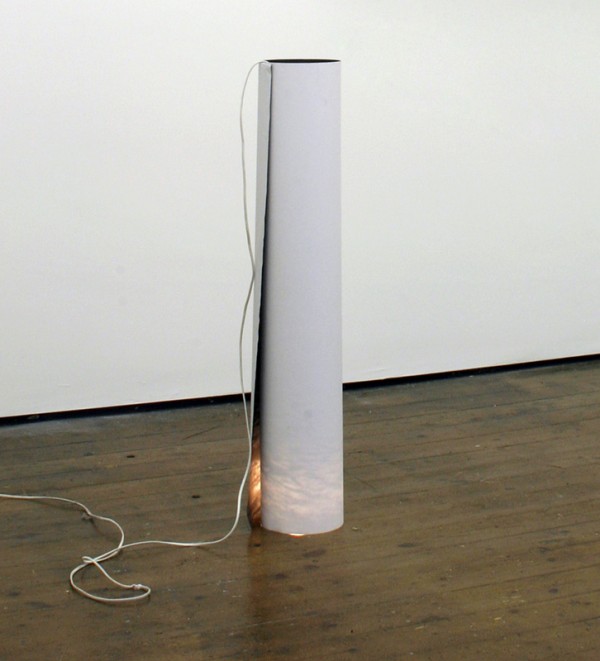David Raymond Conroy
Friday, 17 December 2010
Work from his oeuvre.
“From spiritual transfiguration to critical resistance, some form of distance has always been attributed to the artwork. This distance has historically been considered somewhat revelatory in that it announces a beyond that might open to either sacred or secular enlightenment, and perhaps more recently politics. That the artwork might be conceived of as distant from the world is attached to a notion of the artwork appearing beyond any conceptual determination or particular social use value. As such this distance seems to imply a relationship between two points, between the world and the work: distance being the movement from one polarity to another. Hence aesthetic debates have always retained this notion of moving from, and remaining within, two points – from Romanticism’s material to spiritual, or Modernity’s transient to eternal, and perhaps more contemporaneously from individual present to historical commonality.
Such distance remains in the character of art objects today as the way an artwork might be simultaneously both just a material object and also appear to be something more than this. Distance seems to occur as some intangible portion more than the sum of the object’s parts, the elusive difference between object and artwork. This transformational shift from one point to another is consistent from both religious artefacts to reified art commodity. In the sacred object, this distance is transfiguring, moving from material to spiritual. In critical thought this distancing was seen to yield to self-reflection from a standpoint beyond self-interest.
Aesthetic distance thereby has connotations of both transfiguration in spiritual transcendence and transformation of the self in critical reflection. Yet either way distance is always marked by it’s parameter points, and any transformative qualities always remain linked to their originators. There is the transformative potential in the distance between object and artwork, and there is the critical reminder in the distance from the object. Distance therefore oscillates between social and aesthetic spheres, worldly and otherworldly. It might be either spiritual transfiguration or critical revelation, and at the same time it might be neither.
In The Distance from Here to There Conroy explores this conundrum that art objects might be “… either more than they appear to be, or maybe more accurately more than they are because of how they appear”. Situated in this distance between material ephemera and mythical absolute, Conroy’s work presses upon the fragility of how a set of events, objects or positions can potentially transform into a political gesture, a spiritual presence or a romantic fragment.
The works pursue the relation between mistake and the marvellous; as Conroy states they point to a paradoxical “space in (between) the work being present, and there not being any work present”. This slippage leads Conroy into a productive set of circular arguments, at once compromised and transitional. Works like All Revolutions are not the Same (2008) are developed out of an attempt to design a certain weight of meaning beyond the remit of controlled construction. As such, the work implies a political aspiration while at the same time undermining the basis of its own assumption. This concern with connecting to something via separation is also apparent in the work When the Going was Good (2008), which affectionately conflates the fetish of commodity with the art object’s romantic gesture. In doing so the work is both homage and critique, not as a cohesive articulation but more through an absent yet calculated encounter. Absence then is what might inform this distance from object to artwork, like in the enigmatic image of the woman in I try to Forget but it’s just a Reminder (2008), the way both she and the image are in the process of “turning away and disappearing”.
As Conroy posits these fragile transformations deal with the problematic notion of some kind of latent revelation, the possible but unruly correlation between material particularity and universal idea. To this extent The Distance from Here to There is defined in the absent but implicit relation between common ground and abstract space; the aporia that might act to leave some imprint of that which remains intangible.” – Gil Leung


